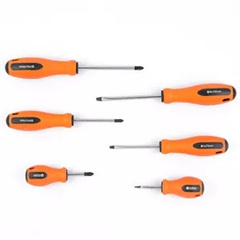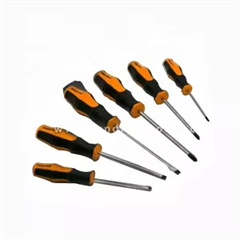Absolutely, safety is paramount when it comes to handling knives. Proper knife handling techniques and maintenance ensure not only your safety but also the longevity and effectiveness of your knives. Here are some essential knife handling and care tips:
Knife Handling:
- Choose the Right Knife for the Task: Select a knife that’s appropriate for the task at hand. Using the correct knife minimizes the risk of accidents.
- Use a Stable Cutting Surface: Always use a stable and non-slip cutting board to prevent the knife from slipping during use.
- Proper Grip: Hold the knife with a firm grip, but not so tight that your hand becomes fatigued. Use the “pinch grip” for better control.
- Finger Placement: Keep your fingers and thumb tucked in while cutting. Curl your fingertips under and use your knuckles as a guide to prevent accidental cuts.
- Safe Cutting Motion: Practice proper cutting techniques. For example, use a rocking motion when using a chef’s knife and a forward-and-down motion when using a paring knife.
- No Hand-Off: Avoid passing a knife to someone by hand, blade-first. Instead, place it down on a surface and let the person pick it up.
- Keep the Blade Down: Always cut away from your body and keep the blade facing away from you.
Knife Care:
- Sharp Blades: A sharp blade is safer than a dull one. A sharp blade requires less force to cut, reducing the chances of the knife slipping.
- Regular Honing: Regularly use a honing rod to maintain the edge of your knife. Honing straightens the blade, though it doesn’t actually sharpen it.
- Proper Cutting Surface: Avoid using hard surfaces like glass or stone as cutting boards, as they can damage the blade’s edge.
- Hand Wash Only: Wash knives by hand rather than in a dishwasher. Dishwashers can cause blades to dull, chip, or even corrode.
- Immediate Cleaning: Clean knives immediately after use to prevent food particles from drying and sticking to the blade.
- Safe Storage: Store knives in a knife block, magnetic strip, or blade guards to protect both the blade and yourself.
- Proper Drying: Dry knives immediately after washing to prevent moisture from causing rust.
- Oil the Blade: For high-carbon steel knives, consider applying a thin coat of food-grade mineral oil to prevent rust.
- Regular Inspection: Periodically inspect your knives for any signs of damage, including cracks in the handle or chips in the blade.
- Professional Sharpening: When your knife becomes dull, consider having it professionally sharpened to restore its edge.
Remember, practice and mindfulness are key to developing safe knife skills. By adopting proper techniques and maintaining your knives, you’ll ensure a safer and more enjoyable experience in the kitchen.



































